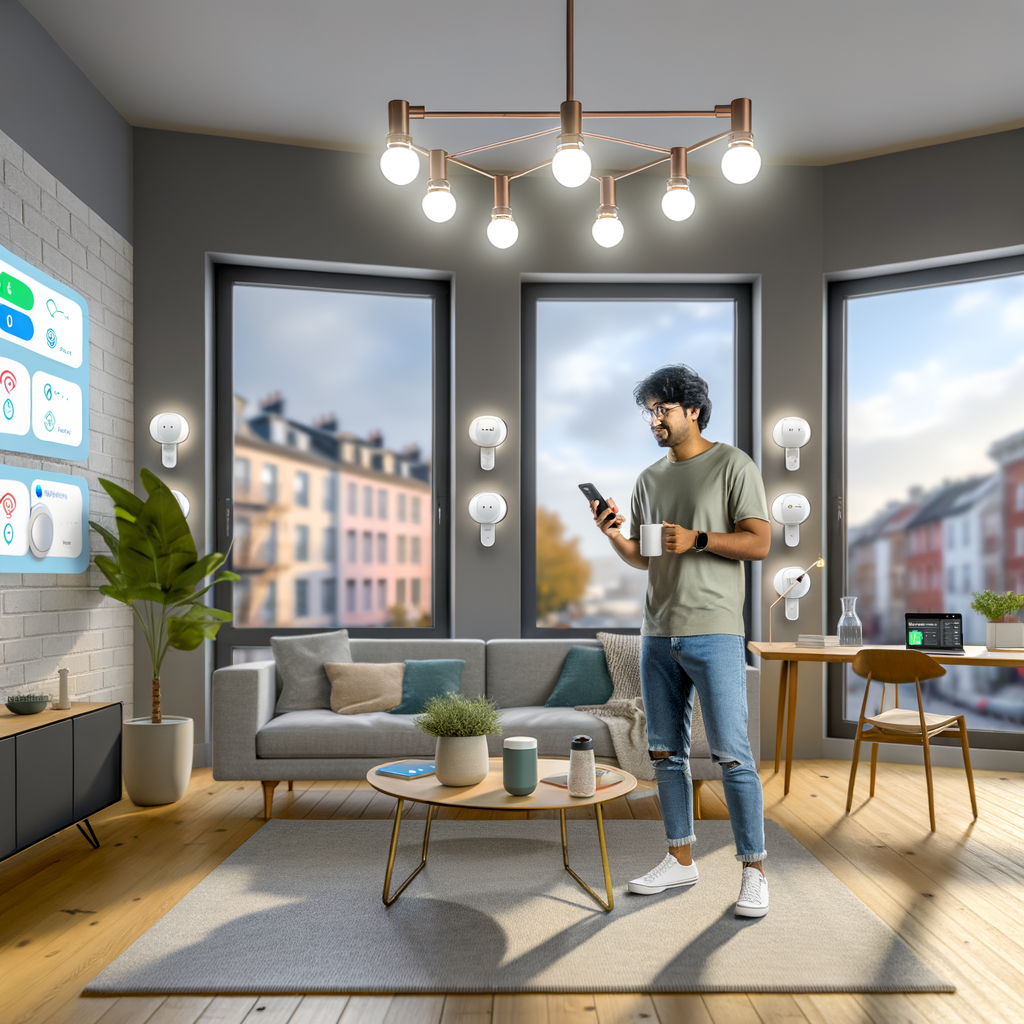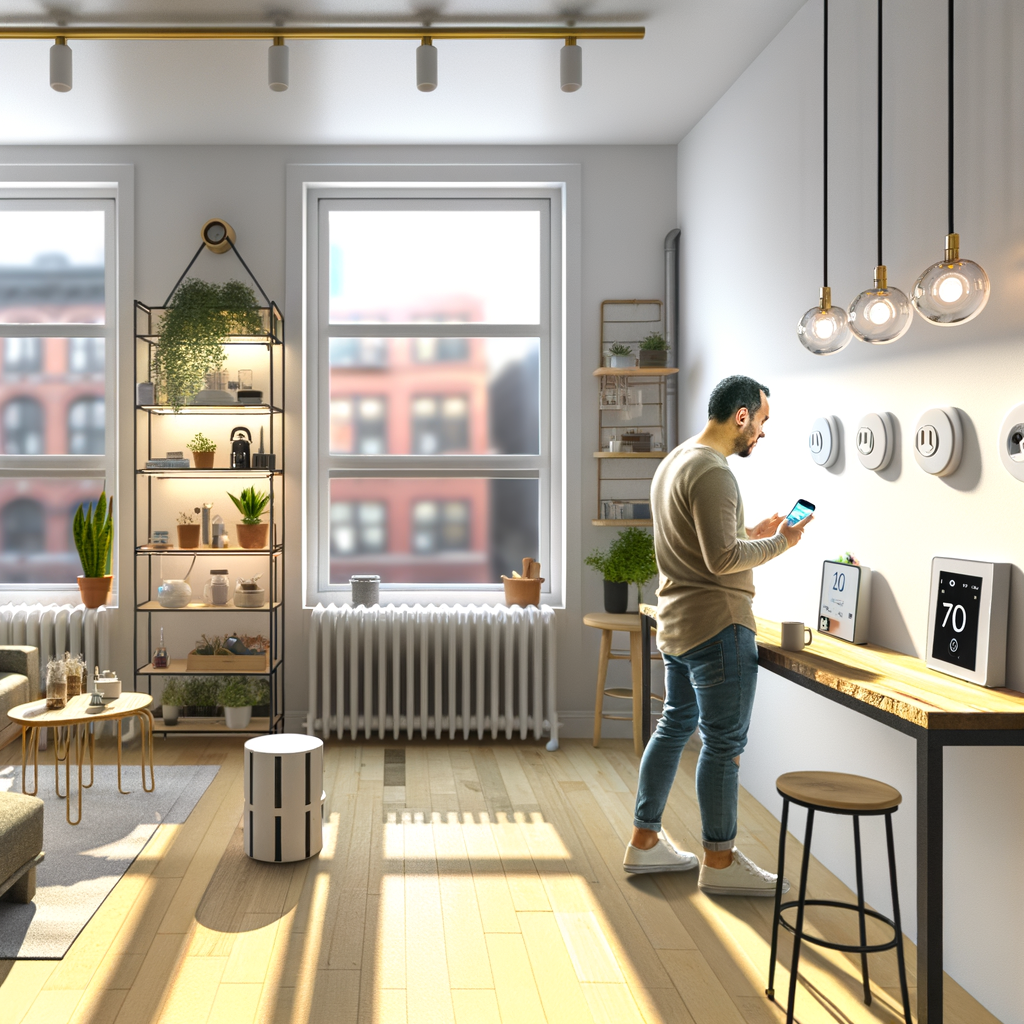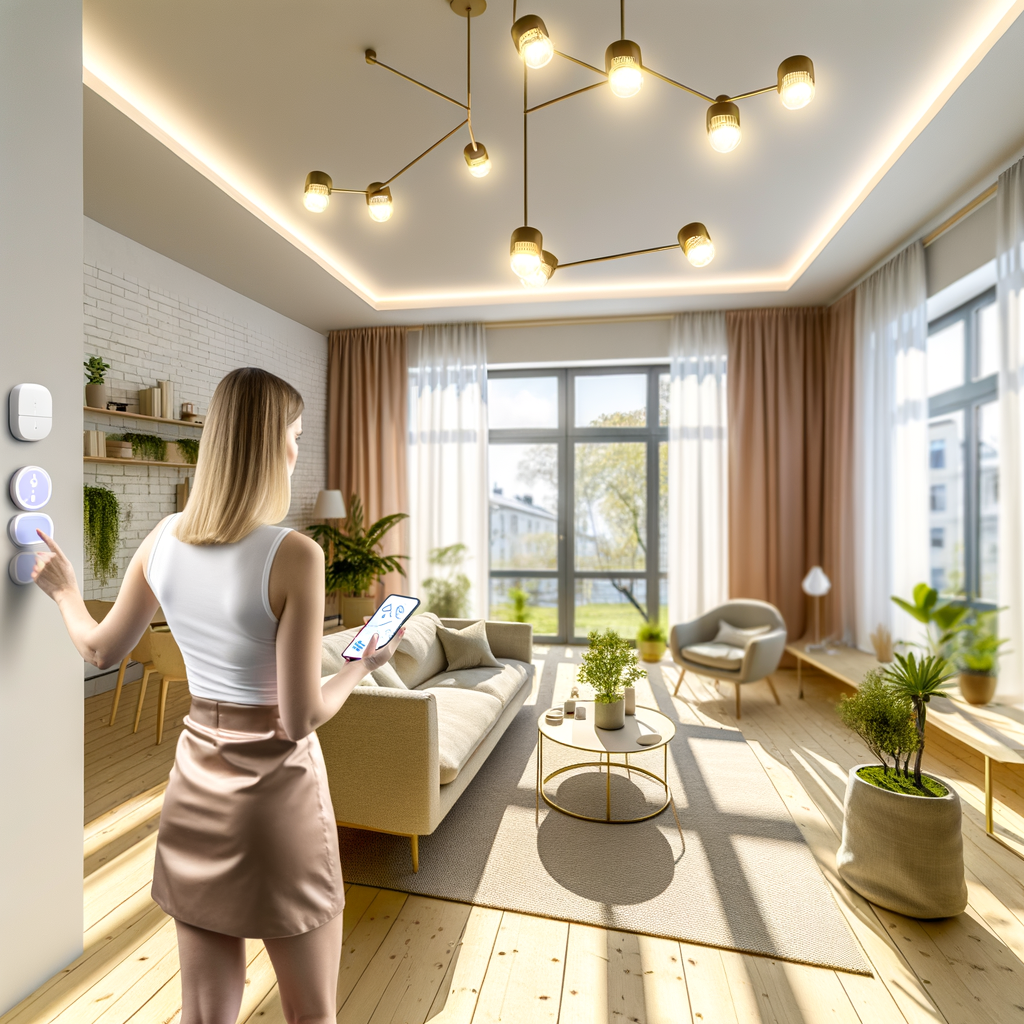Myth-Busting Smart Homes: 7 Common Misconceptions About Energy Efficiency for Renters
Smart homes are no longer the stuff of sci-fi movies. From smart lights to intelligent thermostats, the promise of improved energy efficiency has become more accessible than ever—especially for tech-savvy renters. Yet, many misconceptions linger around the true benefits and practicality of smart home technology, particularly when you don’t own the property.
In this guide, we’ll debunk seven of the most common myths about smart home energy efficiency for renters, provide actionable tips, and set you on the path toward a more eco-friendly, cost-saving lifestyle—no landlord approval required.
1. Myth: Smart Home Technology is Only For Homeowners
Many renters believe that smart home upgrades are only feasible if you own your space. Think again! There’s a wide range of renter-friendly smart devices designed for easy installation and removal.
Why This Myth Exists
- Fear of damaging property or violating rental agreements.
- Lack of knowledge about wireless, portable options.
- Assumption that landlords won’t approve modifications.
How Renters Can Adopt Smart Tech
- Plug-and-play devices: Many smart plugs, bulbs, and thermostats simply plug into existing outlets or fit in standard fixtures.
- No-drill options: Window sensors, cameras, and locks with adhesive or mounting tape reduce risk of property damage.
- Wi-Fi enabled: Wireless control through apps means zero hardwiring or permanent modifications.
Actionable Advice
- Start with portable devices like smart plugs and bulbs.
- Always check your lease, but most gadgets don’t require alterations.
- Consider bringing your devices with you when you move!
2. Myth: Smart Devices Don’t Make a Significant Difference in Energy Bills
Skeptics argue the savings from smart home gadgets are negligible. However, even for renters, energy-conscious smart tech can yield meaningful cost reductions.
Why This Myth Persists
- Confusing energy data and unclear utility bill changes.
- Short-term stays can make payback periods seem unappealing.
How Smart Tech Actually Helps
- Smart Thermostats: Automate heating and cooling based on schedules, occupancy, and weather, saving roughly 10-15% on related bills.
- Smart Plugs & Power Strips: Cut power to electronics in standby mode, attacking “vampire” energy loss.
- Automated Lighting: Occupancy sensors or timers prevent unnecessary electricity use.
Actionable Advice
- Choose certified energy-saving devices (look for ENERGY STAR or similar ratings).
- Track usage through device apps; many visualize savings that add up monthly.
- Target high-use devices first—think air conditioners, heaters, and entertainment setups.
3. Myth: Smart Home Upgrades Require Complex Installation
Not all smart-home solutions require a drill or wire stripper. In fact, most modern products are DIY-friendly and designed for renters on the move.
Common Misconceptions
- Self-installation voids security deposits.
- All upgrades need holes or rewiring.
Simple Solutions for Renters
- Smart bulbs: Swap out with your existing light bulbs—no tools required.
- Smart plugs: Insert into standard outlets for instant app control of lamps, fans, and more.
- Adhesive sensors: Stick motion or window sensors where needed, peel off when moving.
Actionable Advice
- Check device compatibility with your home’s Wi-Fi and power supply before buying.
- Always test upgrades in one room before scaling up.
- Store original parts and packaging for easy restoration at move-out.
4. Myth: Smart Home Products Risk Personal Data and Privacy
It’s true: many smart gadgets connect to your Wi-Fi. But responsible device selection and smart setup ensure security and privacy are not compromised.
Sources of Concern
- Stories of hacked cameras or leaked usage data.
- Unclear privacy policies from certain manufacturers.
How to Stay Safe
- Buy from reputable brands: Larger companies often offer stronger security and regular firmware updates.
- Set strong, unique passwords: Don’t use default settings and change passwords periodically.
- Disable unnecessary features: Turn off remote access or data sharing if not needed.
Actionable Advice
- Enable two-factor authentication whenever available.
- Regularly update all device firmware.
- Read privacy policies before connecting devices to your network.
5. Myth: Landlords Won’t Allow Smart Devices
Think your landlord will veto any attempt at energy-saving tech? While permanent, hardwired upgrades may need approval, portable smart devices typically don’t violate lease terms.
Why Renters Hesitate
- Fear that even minor changes will jeopardize their lease.
- Unawareness that most products are removable and non-invasive.
How to Communicate with Landlords
- Emphasize reversibility: Explain that upgrades won’t cause damage and can be removed when you leave.
- Highlight benefits: Lower energy use, improved property security, and increased tenant satisfaction are all pluses.
- Show installation process: Videos or manuals can ease landlord concerns about complexity.
Actionable Advice
- Ask for written confirmation for any modifications beyond plug-and-play devices.
- Document your setup with before-and-after photos for reference.
6. Myth: Eco-Friendly Living Isn’t Achievable in Old or Inefficient Rentals
Many renters feel resigned to inefficient insulation, drafty windows, or decades-old appliances in older buildings. But smart tech levels the playing field by providing ways to control and optimize energy use, no matter the building’s age.
Challenges in Older Rentals
- Outdated heating/cooling systems with limited programming options.
- Poor window insulation leads to excess heating and cooling needs.
Smart Workarounds
- Portable smart thermostats (or radiator controllers): Offer scheduling and remote control even for analog systems.
- Smart window coverings: Automatically close on sunny or cold days to help maintain temperature.
- Plug-in energy monitors: Identify “energy hog” appliances and help adjust habits accordingly.
Actionable Advice
- Combine smart tech with affordable weatherproofing (draft stoppers, window film).
- Use data from energy monitors to inform convos with your landlord about possible upgrades.
7. Myth: Smart Home Devices are Expensive and Not Worth it for Short-Term Renters
Cost-conscious renters may feel the investment isn’t justified. In reality, many entry-level smart products are affordable, easy to move, and quick to pay for themselves—sometimes within a single utility bill cycle!
Thinking Beyond Upfront Cost
- Ignore the “all or nothing” mentality; start small and upgrade as you go.
- Look for deals and multi-packs to maximize value.
Bestsellers for Budget-Conscious Renters
- Smart Plugs: Starting around $




